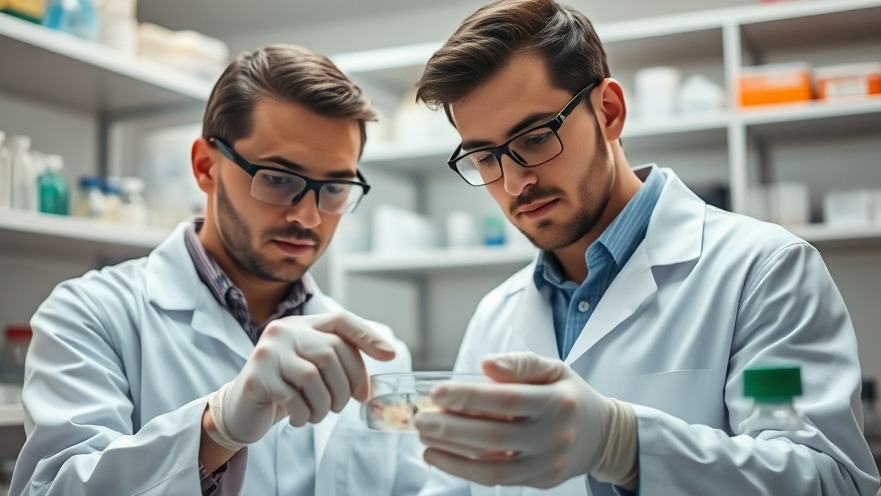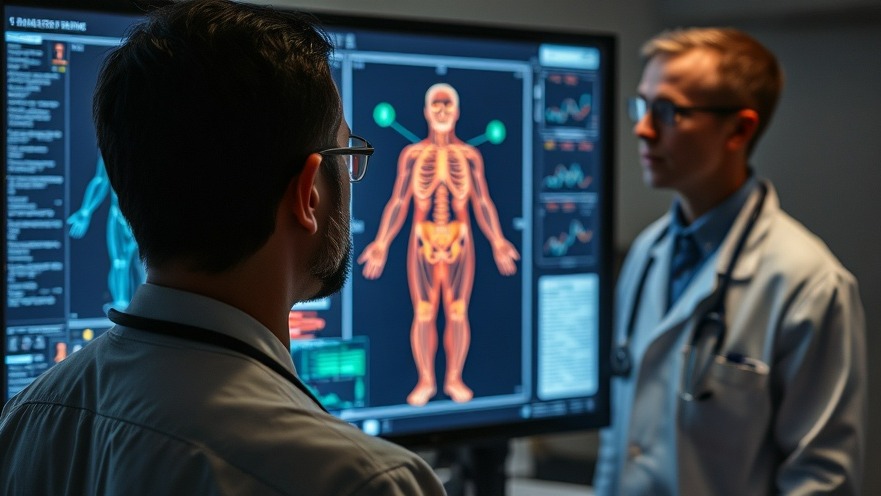
Understanding How Mechanical Forces Shape Stem Cells
Groundbreaking research from the National University of Singapore reveals that mechanical forces—specifically, how stem cells navigate through tight spaces—can prompt these cells to differentiate into bone cells. This novel finding challenges conventional wisdom that chemical signals solely drive stem cell fate.
Implications for Regenerative Medicine
As Assistant Professor Andrew Holle leads his team to investigate the physical constraints on stem cells, the implications for regenerative medicine are significant. The ability to inspire differentiation through physical mechanisms rather than chemical signaling could streamline therapeutic interventions. This indicates a new avenue for the development of therapies tailored for tissue repair, particularly in orthopedic and reconstructive surgery.
The Concept of Mechanical "Memory" in Stem Cells
An intriguing aspect of the study is the lasting effect of physical confinement on mesenchymal stem cells (MSCs). After passing through microchannels just three micrometers wide, MSCs retained changes in their shape and structure, with heightened gene activity linked to bone formation. This provides evidence of what researchers are calling mechanical "memory"—a phenomenon whereby previous physical experiences induce lasting cellular adaptations.
Practical Applications for Health Practitioners
For concierge health practitioners, understanding this principle could influence treatment strategies for patients requiring enhanced tissue regeneration. Workshops and seminars focused on how to harness the principles of mechanobiology may soon be essential. By integrating these insights into practice, health practitioners can better support patient recovery through personalized regenerative approaches.
What’s Next for Stem Cell Research?
As this research opens doors to rethinking stem cell therapies, future studies will likely explore the practical application of mechanical forces in various treatment settings. This could lead to the development of innovative materials designed to influence stem cell behavior dynamically, potentially improving patient outcomes in various medical fields.
Conclusion: A New Era for Regenerative Therapies
The findings underscore the importance of viewing stem cell behavior through a new lens—one that incorporates physical interactions and environmental factors. Concierge practitioners must remain informed about these advancements as they could soon translate into compelling treatment modalities for their patients. Engaging with the latest in mechanobiology can empower you to provide cutting-edge care.
 Add Row
Add Row  Add
Add 






Write A Comment